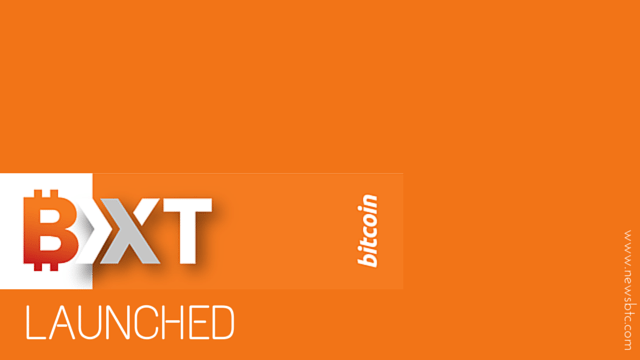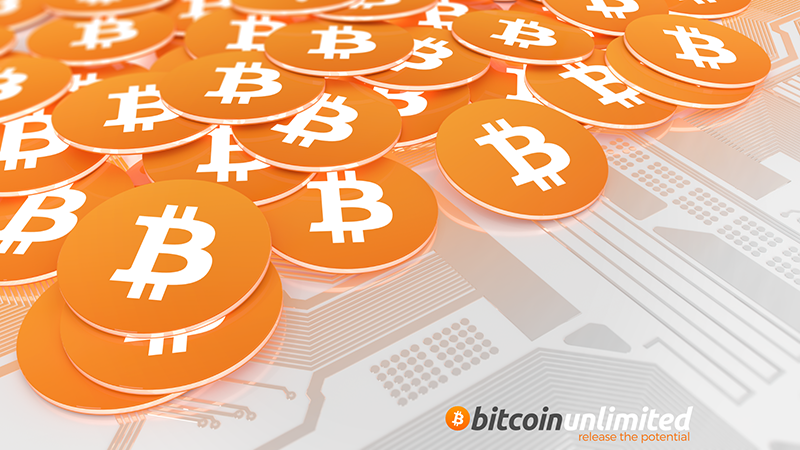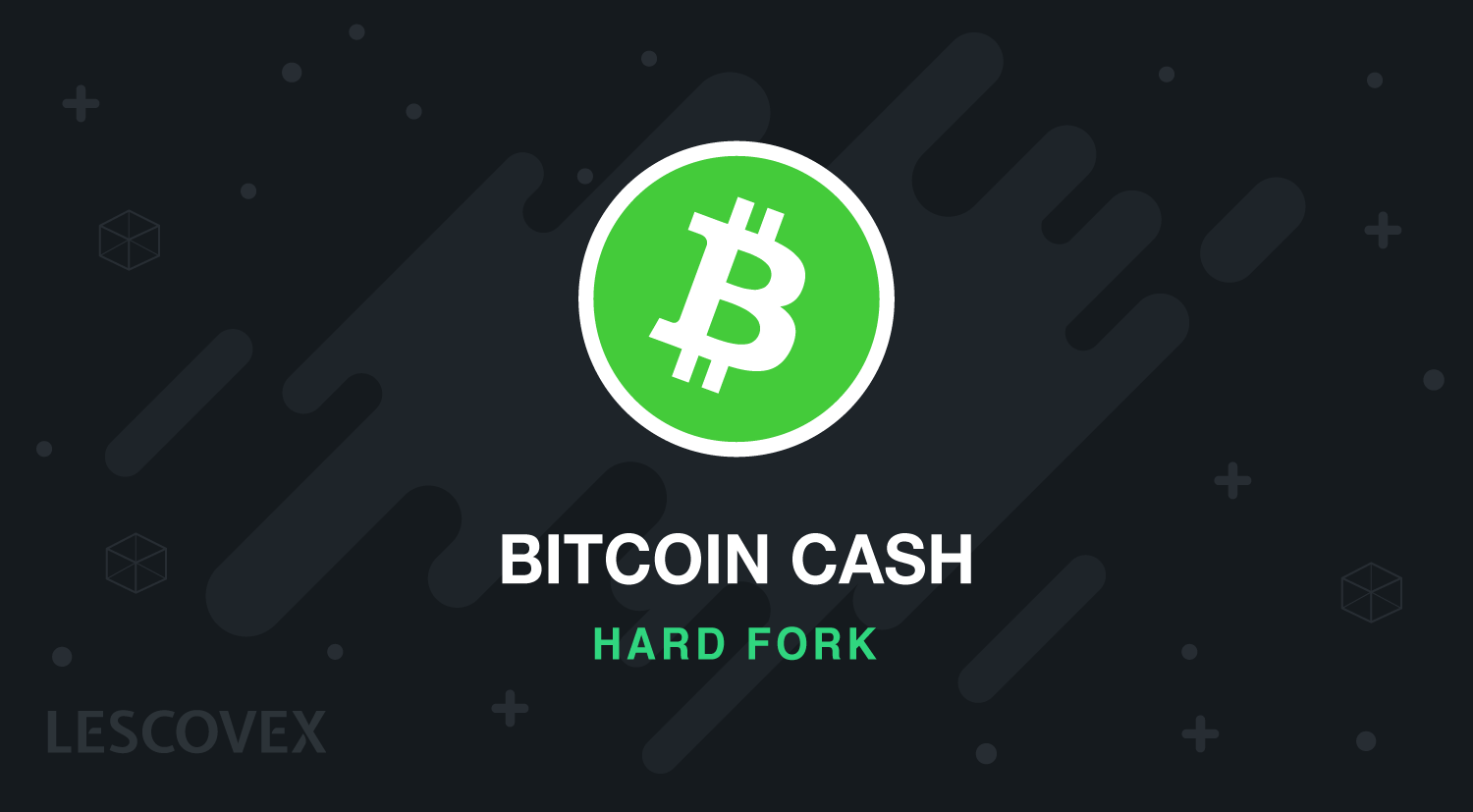Cryptocurrency is becoming more popular than ever before, even on dating platforms that promise that users can meet for sex in under 24 hours. You can now meet more people with premium services and not feel pressured into paying with your credit card.
However, not all crypto dating apps will suit your preferences. Here are three of the best hookup apps that accept crypto payments and lead to great matches for most premium users.
1. OkCupid
You’ve probably heard of OkCupid as one of the largest free dating services, but you can upgrade to a paid subscription for some premium services. Some users have been paying for those subscriptions using Bitcoin since 2013.
With a paid OkCupid account, you can set deal-breaking dislikes as hard filters for matches. Outside ads are also removed, and you get unlimited likes. It’s well worth the price to upgrade from a free account!
2. Badoo
Badoo is a dating site and app that has been around since 2006. It’s widely popular, being used in over 190 countries, and available in 47 languages. As of 2015, Badoo has allowed users to pay for their services with Bitcoin instead of their local currency.
In addition to matching singles with each other, known as “Encounters,” Badoo also offers a “People Nearby” section. This feature appears as an array of users in your area who have similar interests listed in their profile. From there, you can check out their profile or start a chat.
3. Luxy
Luxy has been accepting crypto payments since 2018–but it might be tough getting in. It’s marketed as a deluxe dating service for the rich and beautiful, and you have to prove your wealth and beauty to a panel of voting users to get your account approved in the first place.
It’s certainly not as accessible as sites like OkCupid and Badoo, but those who can get through the door have great things to say about it.
Find The Crypto Dating Apps Today
If you’ve been struggling to find the best crypto dating apps, know that you have these three top options to choose from. We recommend doing a test drive to confirm the layout, features, and payment system suit your needs. Dating Insider has reviews of all of these sites and more if you’re having trouble picking, and they go into more depth than the scope of this article allows.





